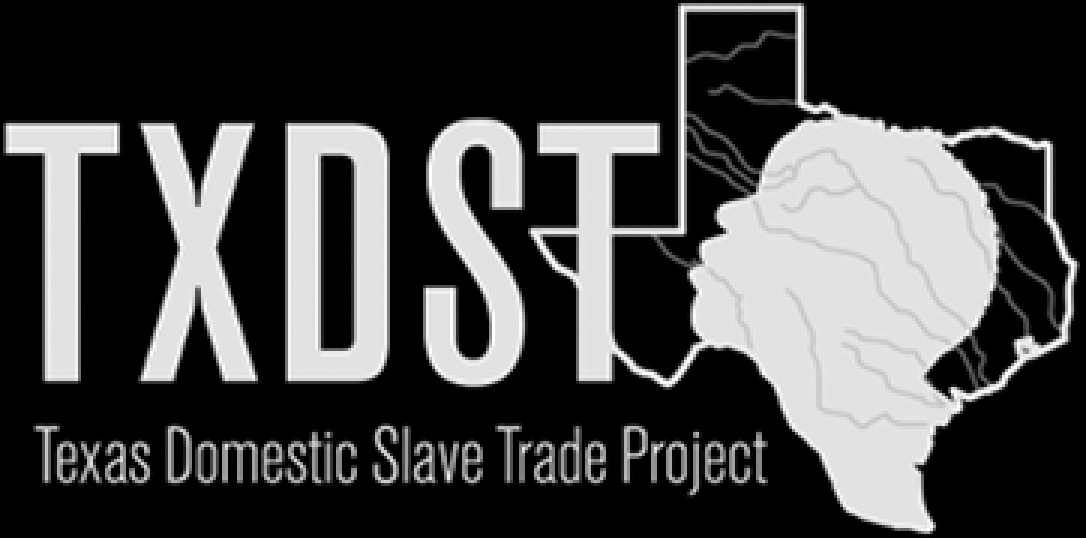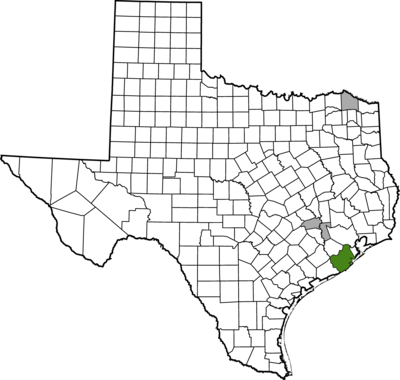
Brazoria County
Locating Personal Experiences in Primary Sources
History of Brazoria County, 1821
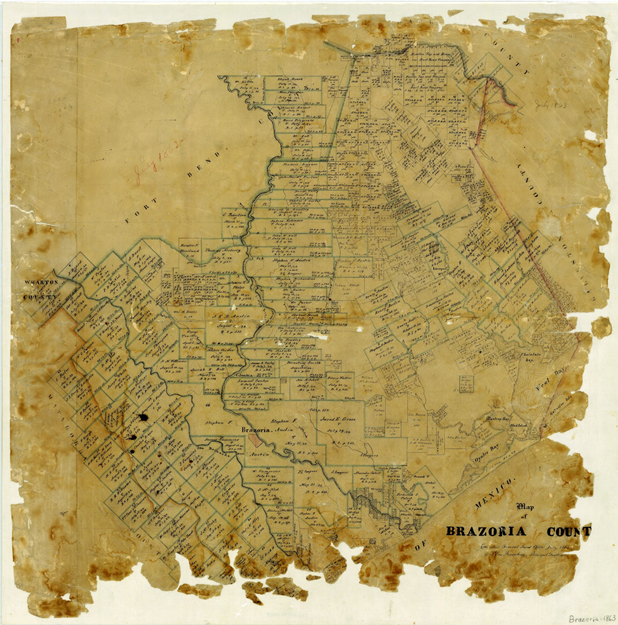
Brazoria County is located in southwest Texas. Situated along the Gulf Coast, the county sits at the mouth of the Brazos River. First inhabited by Karankawa Indians, the rich soil in what is now Brazoria County was prime farmland. Slavery took root in Brazoria County when Stephen F. Austin established a colony there. In 1821, the first settlers, known as the Old Three Hundred, arrived in the region. Hoping to build better lives for themselves, they brought enslaved people with them. The growth of slavery in the region was astonishing. By 1825, sixty-nine families enslaved 443 people in Brazoria, accounting for almost a quarter of the population. In just fifteen years, the enslaved population skyrocketed–increasing by over 500% to 2,525 people in 1840. As American settlers continued to immigrate to Texas the growth of the enslaved population in Brazoria grew to 3,497 in 1850 and 5,110 on the eve of the Civil War.
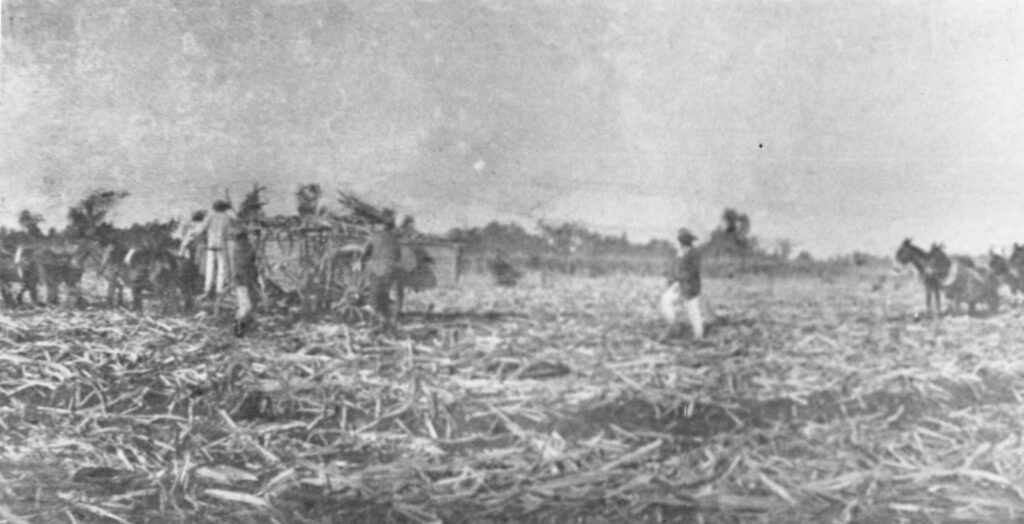
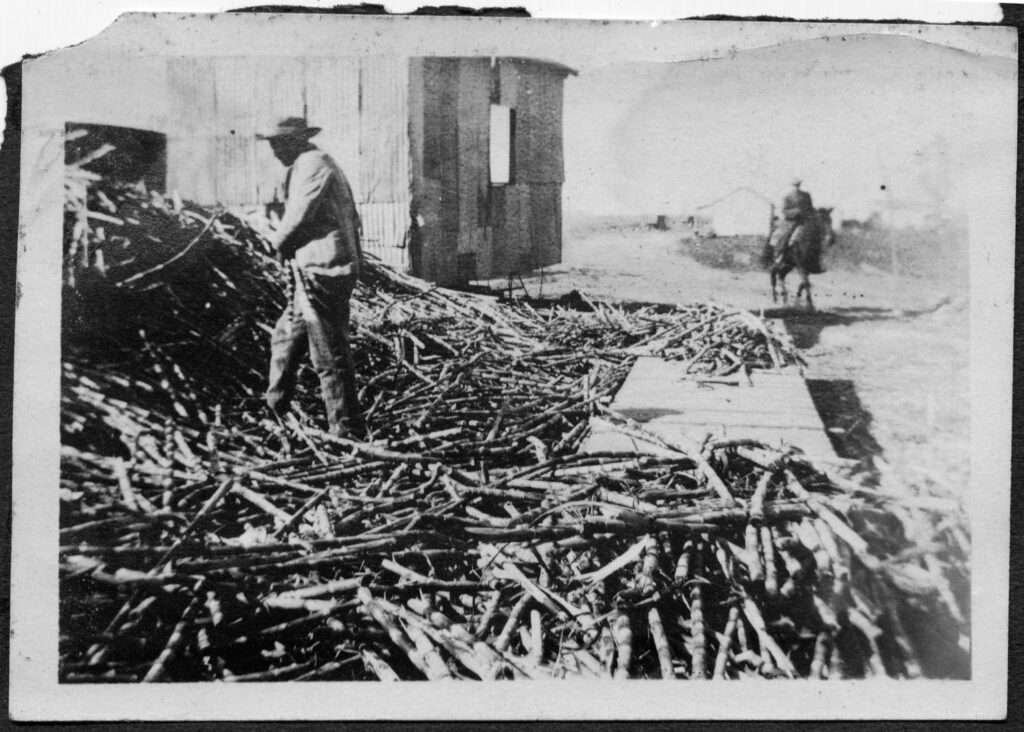
Initially, enslaved people’s labor in Brazoria mirrored that of the Deep South. Cotton was the major cash crop throughout the 1820s and 1830s, along with subsistence crops like corn and vegetables produced for local consumption. Enslaved laborers also tended livestock on ranches and farms throughout Brazoria. However, by the 1840s, sugarcane had become the region’s primary crop. Between 1850 and 1860, enslaved people in Brazoria County grew, refined, and shipped between 7,000 and 8,000 hogsheads of sugar per year. By 1857, Brazoria County produced seventy-five percent of the sugar exported from Texas.1 Enslaved labor was so integral to the production of sugar that after slavery was abolished in 1865, many white Texas planters discontinued cultivating sugarcane because of the extensive labor it required.2
While enslaved laborers produced sugar on many plantations, they also performed a wide range of skilled labor. They worked as shoemakers, tanners, cooks, buggy drivers, overseers, cowboys, healers, and preachers. The variety of skilled labor suggests that enslaved people’s experiences in Brazoria County depended on what forms of labor enslavers required on each plantation. A closer look at the lives of people like Sarah Ford and Rachel Bartlett who lived on the Patton Plantation, along with formerly enslaved men working on the plantation of Stephen P. Winston shows how enslaved African-Americans experienced life in Texas during the nineteenth century.
Studying slavery in Brazoria County presents insight into the role of slavery in the expansion of white colonization of Mexican Texas. It also teaches us how enslaved Texans experienced the growth of the Republic of Texas along with its secession from the United States. Cultivating the lower Brazos region and developing into an agricultural leader in cotton and sugar would not be possible without slavery being the bedrock of the culture and the entry point into power in the region. Slavery was not an unfortunate accident or consequence of the growth of Texas. Slavery and white colonization of Mexican Texas were synonymous.
Footnotes
1 Diana J. Kleiner, “Brazoria County,” Handbook of Texas Online, accessed September 19, 2023, https://www.tshaonline.org/handbook/entries/brazoria-county.
2 “Processing Sugar Cane in Antebellum Texas,” Texas Historical Commission, https://www.thc.texas.gov/historic-sites/levi-jordan-plantation-state-historic-site/history/processing-sugar-cane-antebellum.
